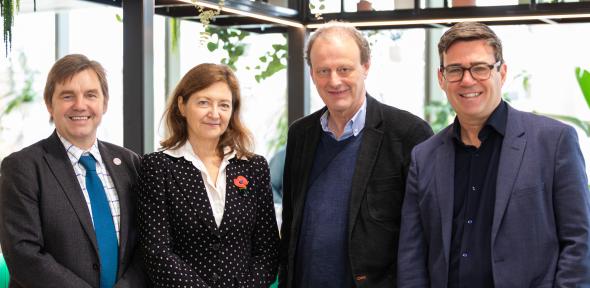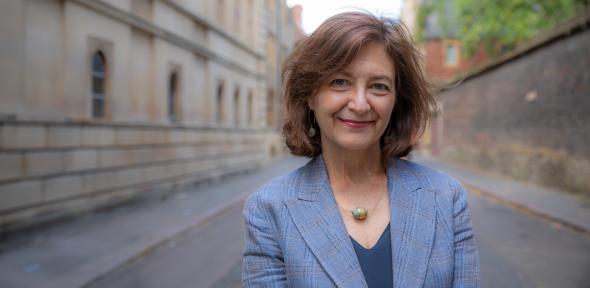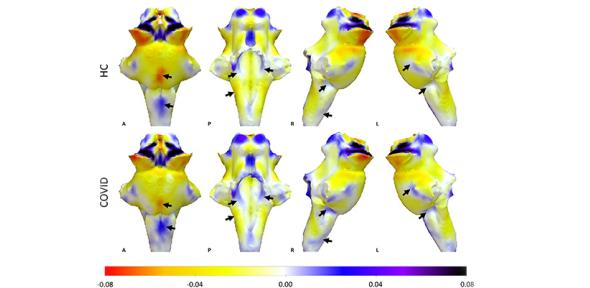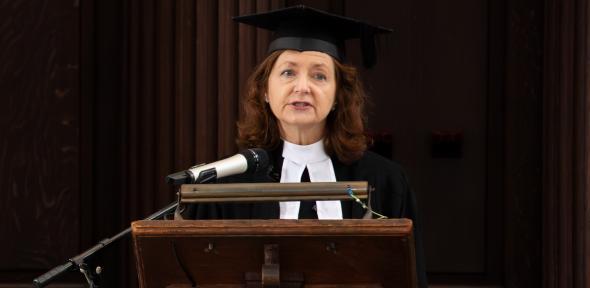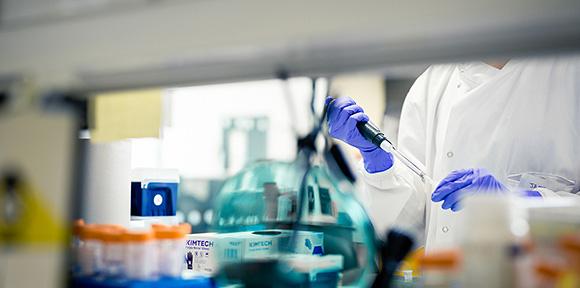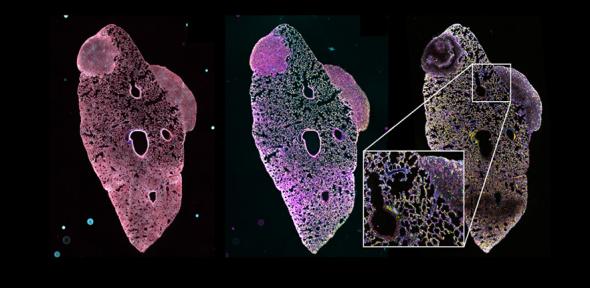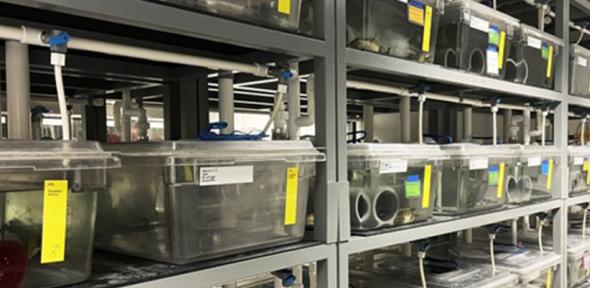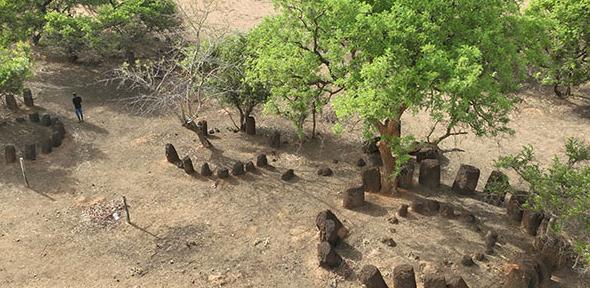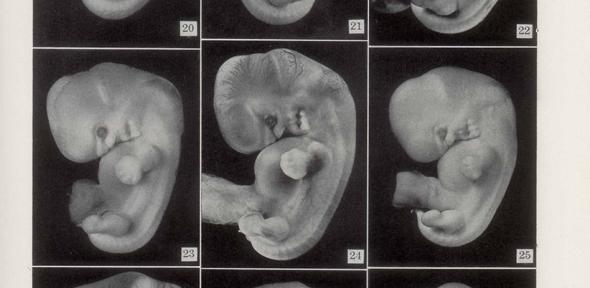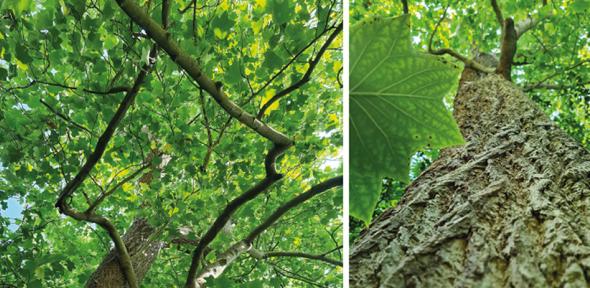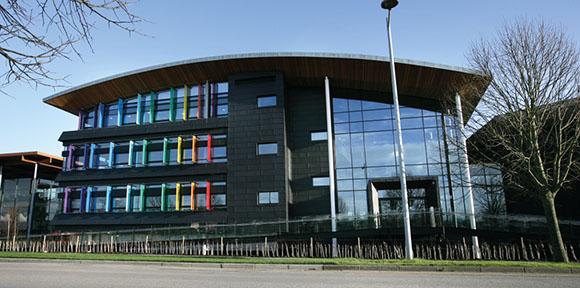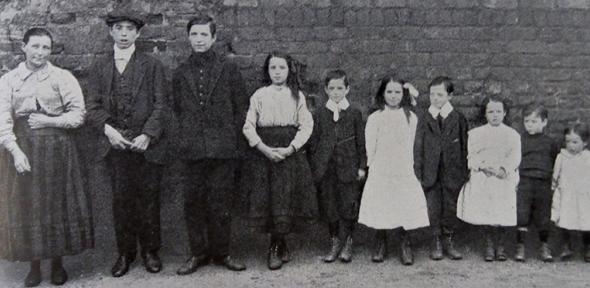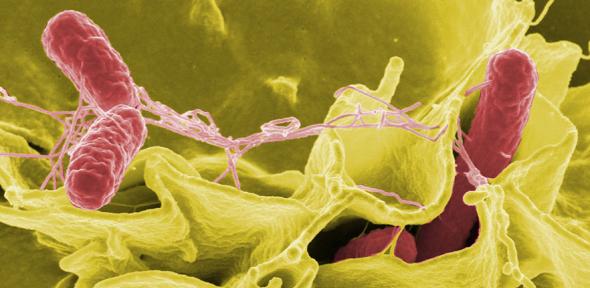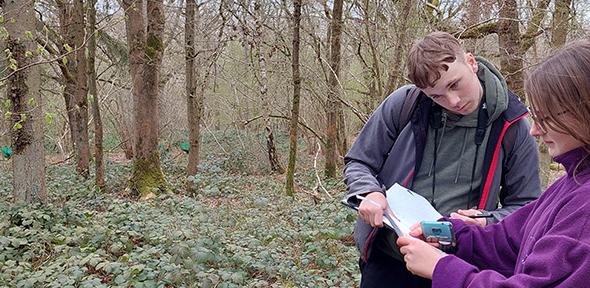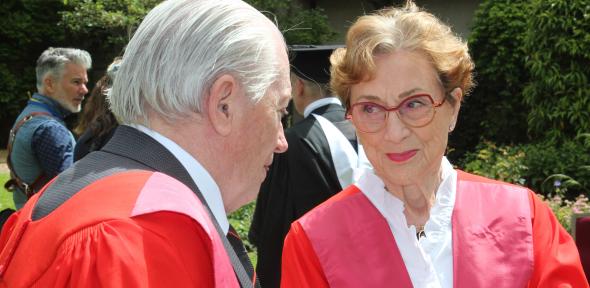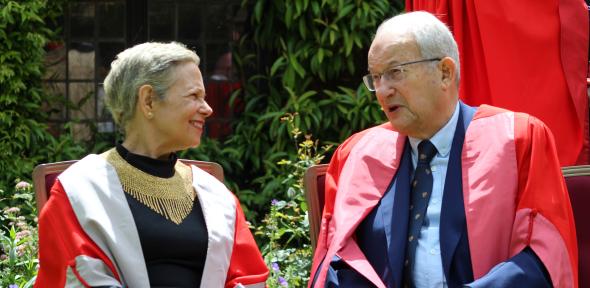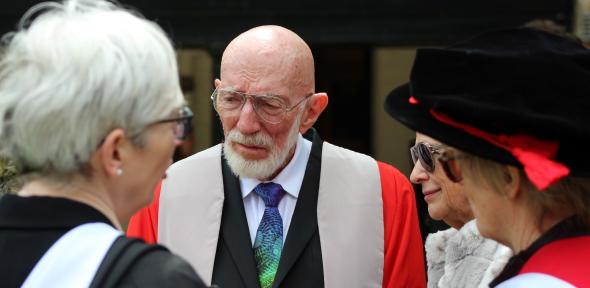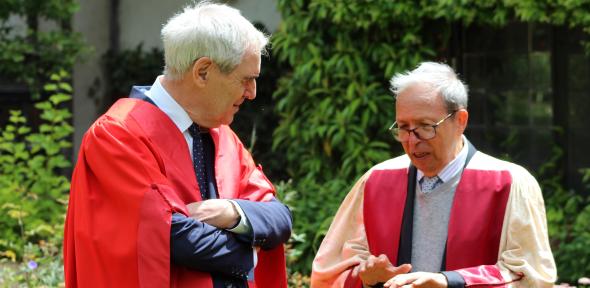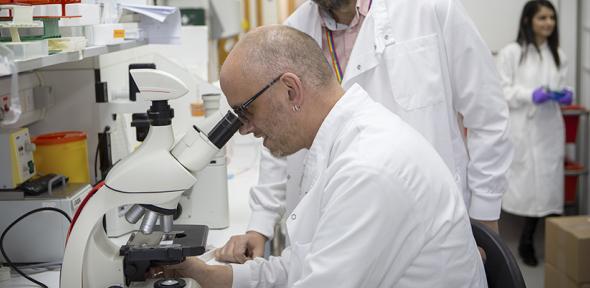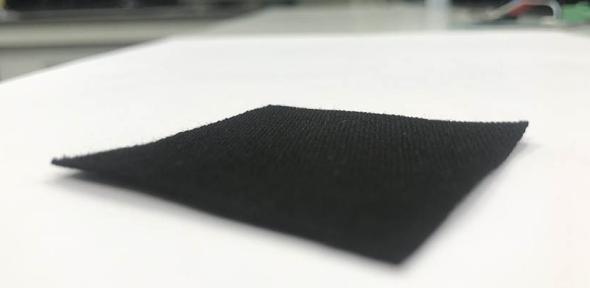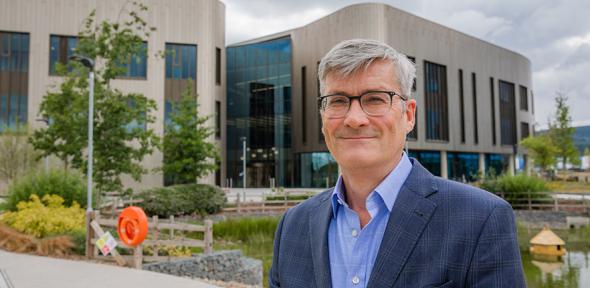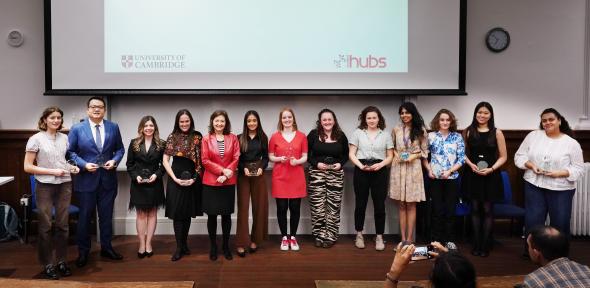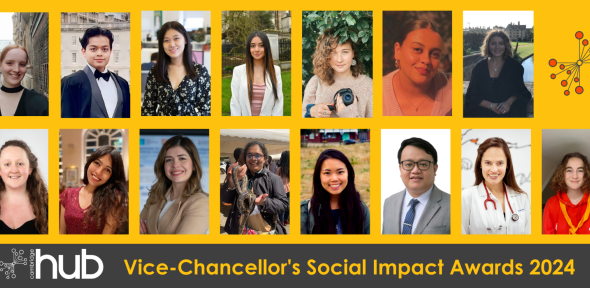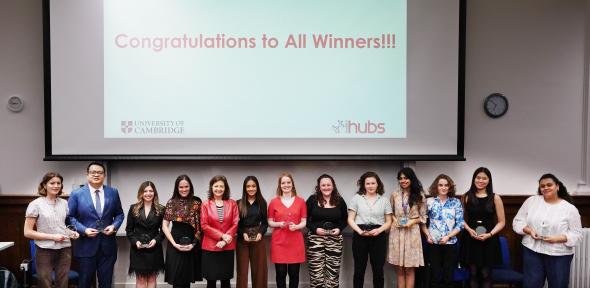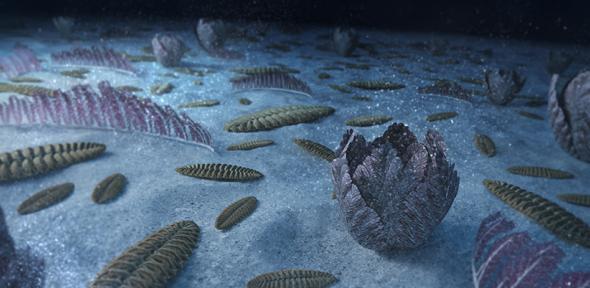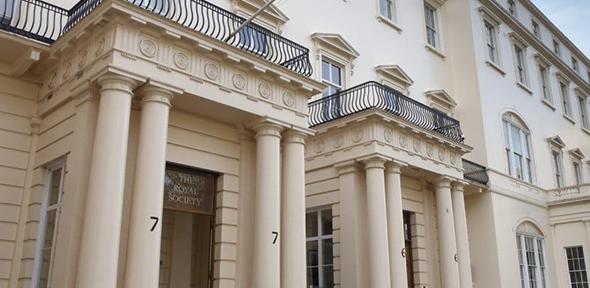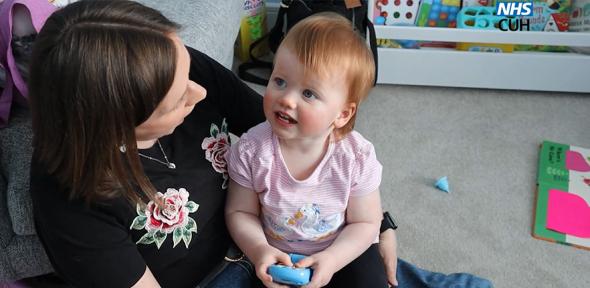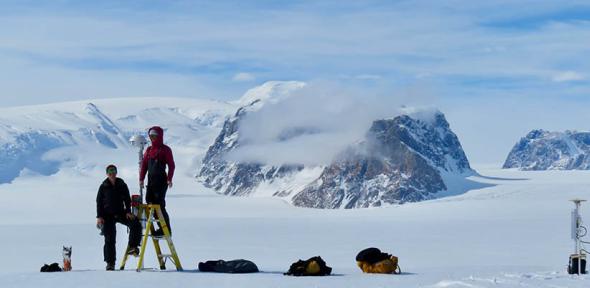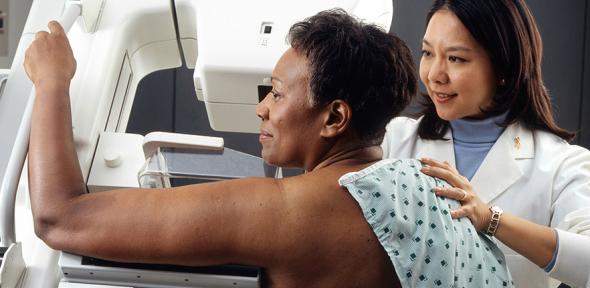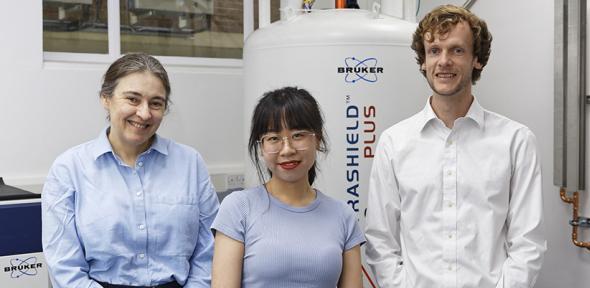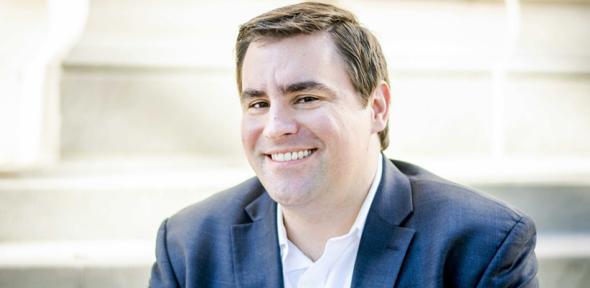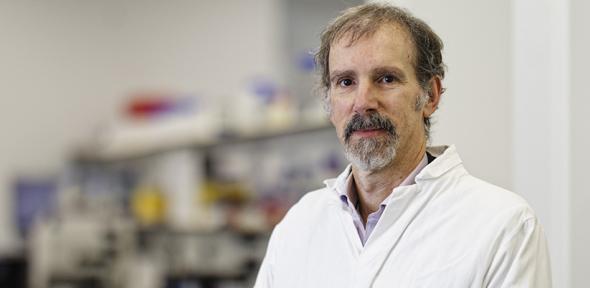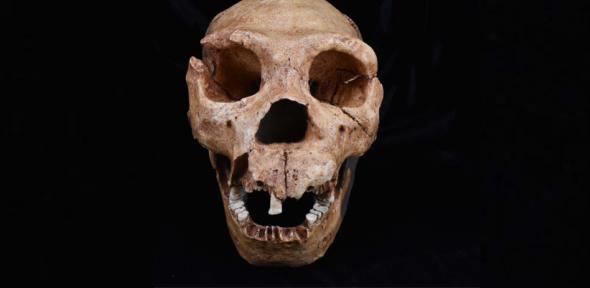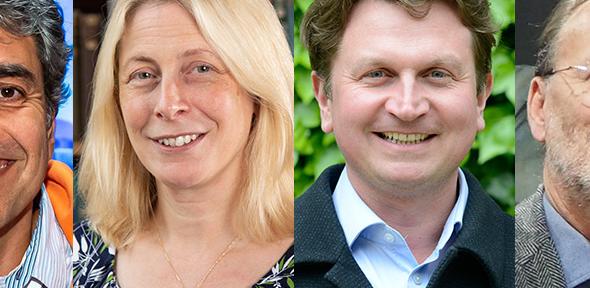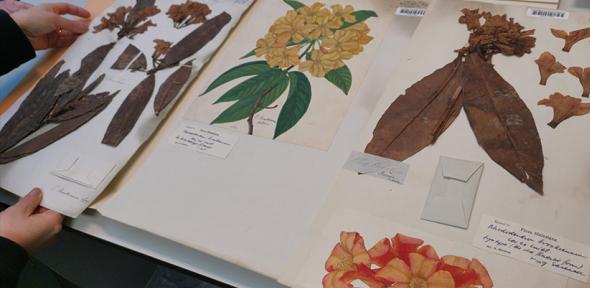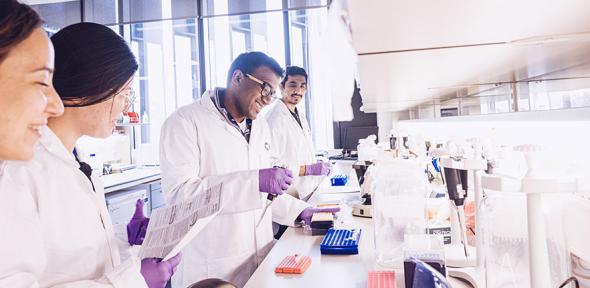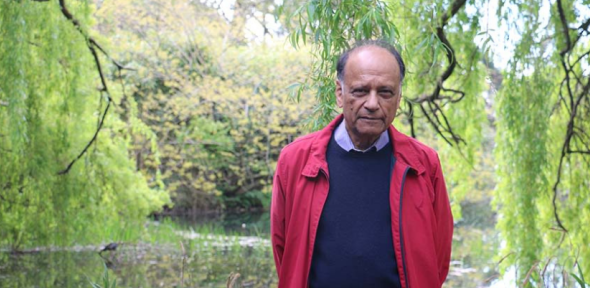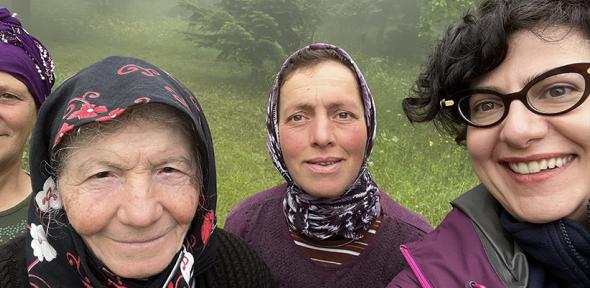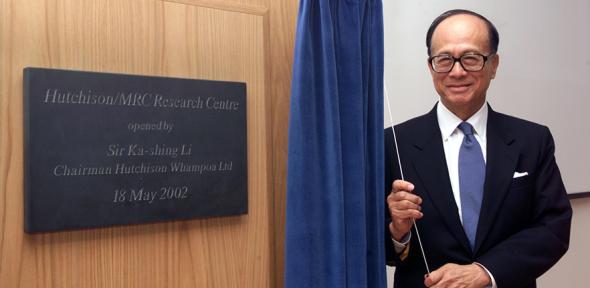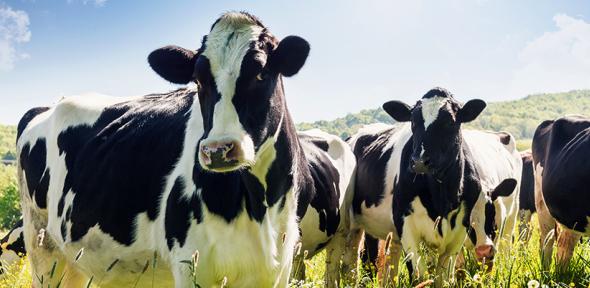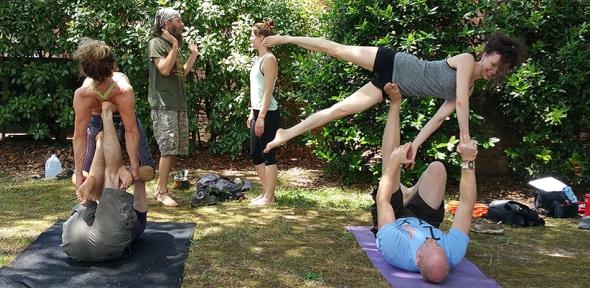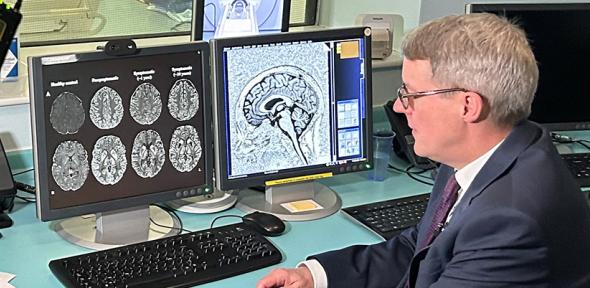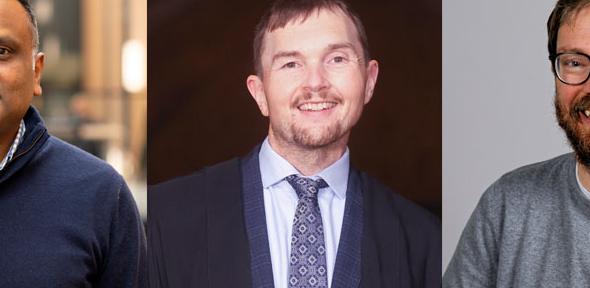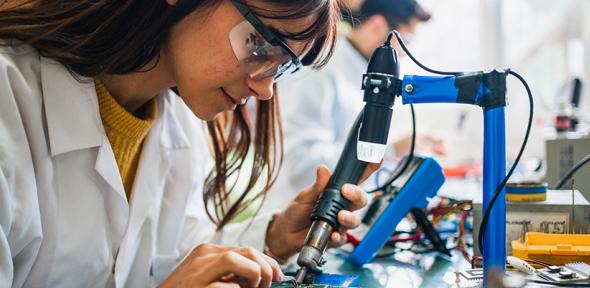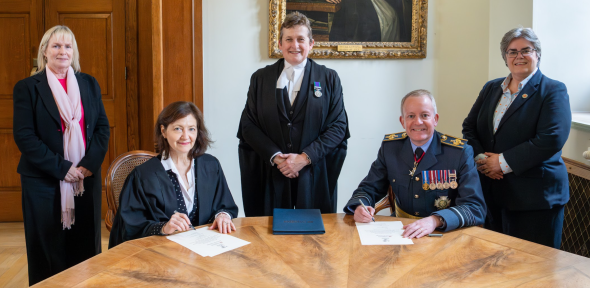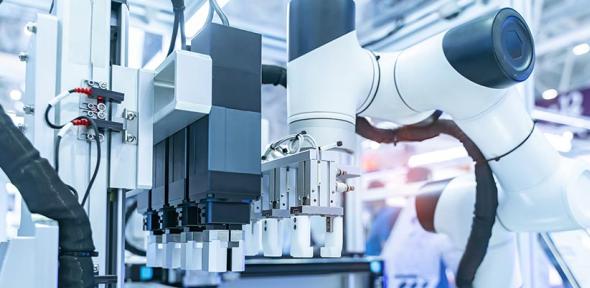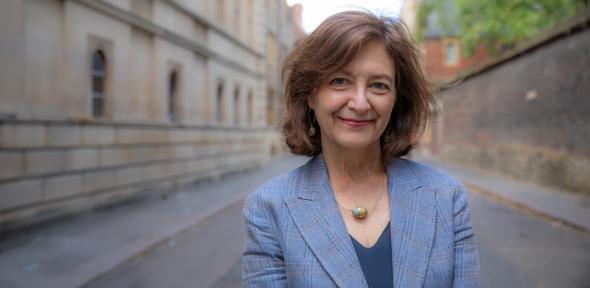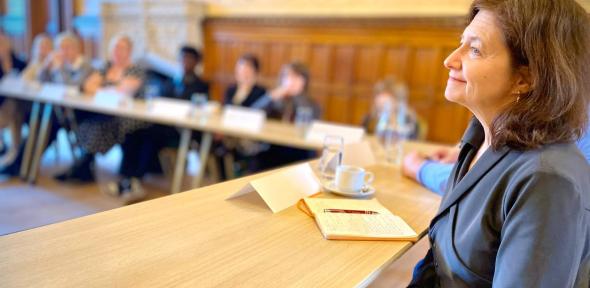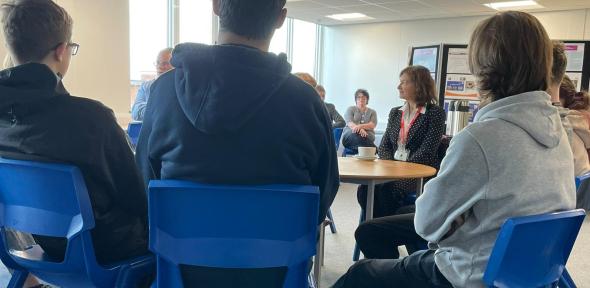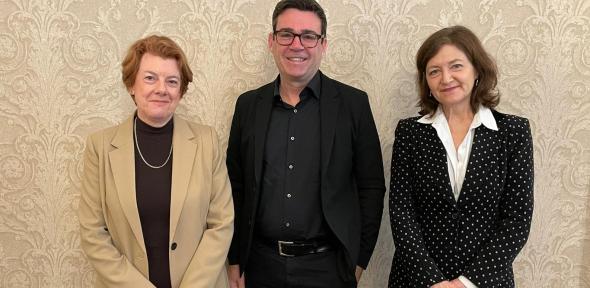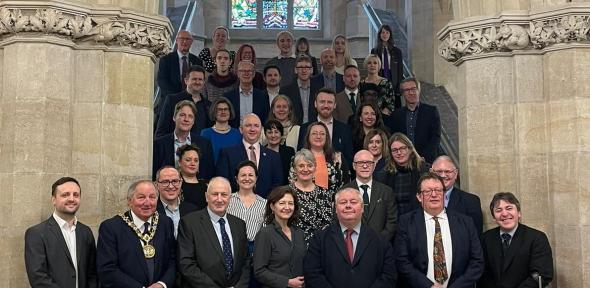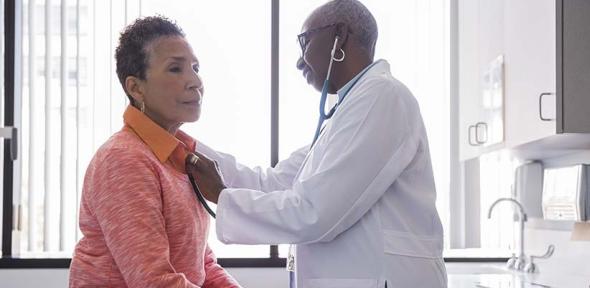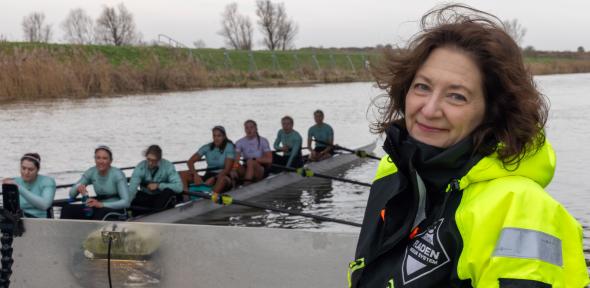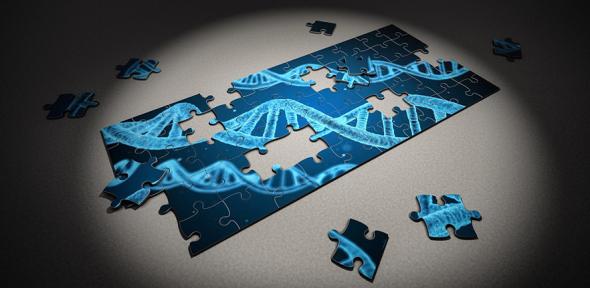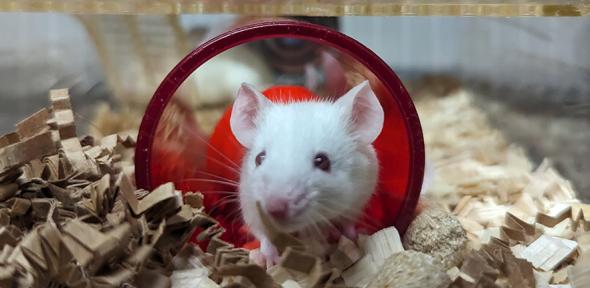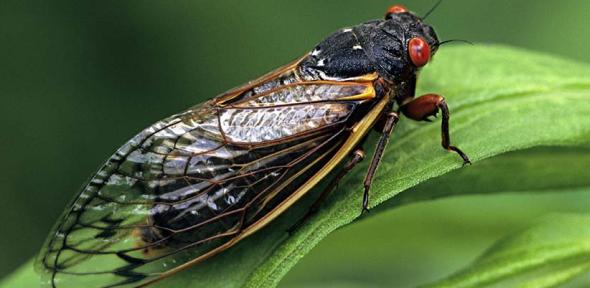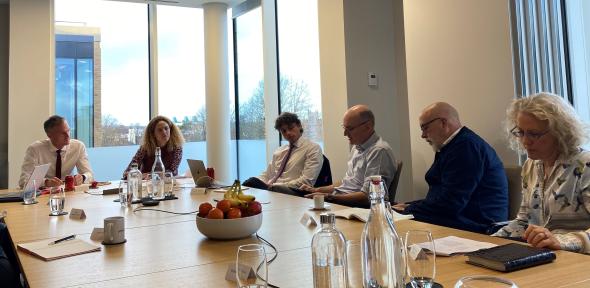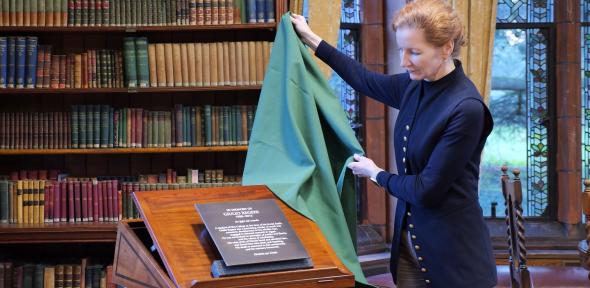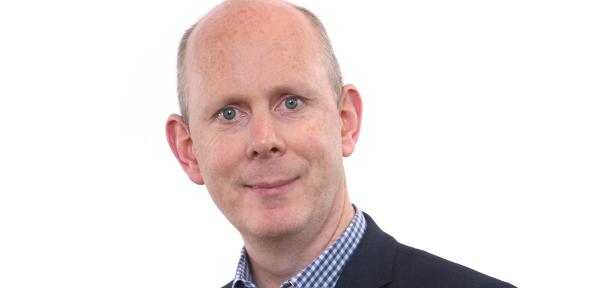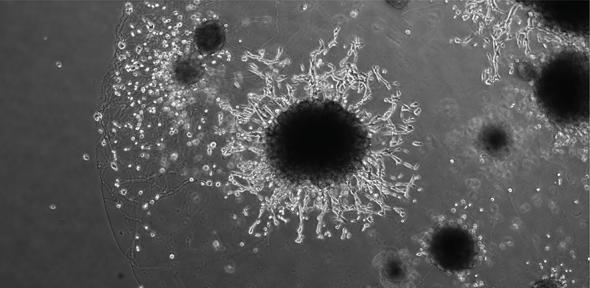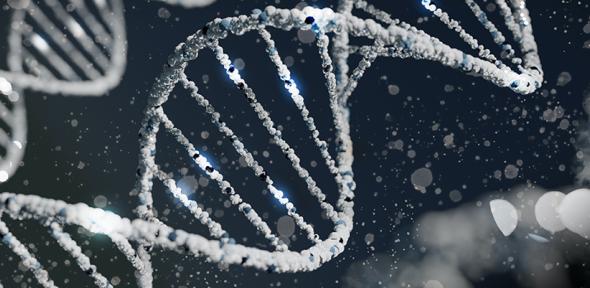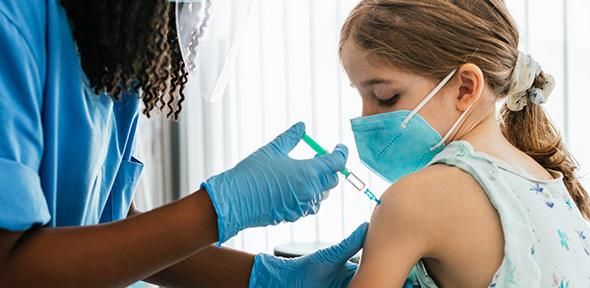Wildlife monitoring technologies used to intimidate and spy on women, study finds
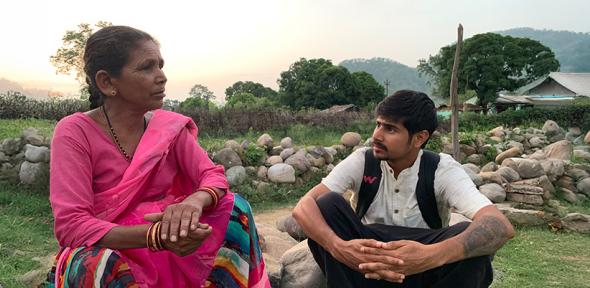
Remotely operated camera traps, sound recorders and drones are increasingly being used in conservation science to monitor wildlife and natural habitats, and to keep watch on protected natural areas.
But Cambridge researchers studying a forest in northern India have found that the technologies are being deliberately misused by local government and male villagers to keep watch on women without their consent.
Cambridge researcher Dr Trishant Simlai spent 14 months interviewing 270 locals living around the Corbett Tiger Reserve, a national park in northern India, including many women from nearby villages.
His report, published today in the journal Environment and Planning F, reveals how forest rangers in the national park deliberately fly drones over local women to frighten them out of the forest, and stop them collecting natural resources despite it being their legal right to do so.
The women, who previously found sanctuary in the forest away from their male-dominated villages, told Simlai they feel watched and inhibited by camera traps, so talk and sing much more quietly. This increases the chance of surprise encounters with potentially dangerous wildlife like elephants and tigers. One woman he interviewed has since been killed in a tiger attack.
The study reveals a worst-case scenario of deliberate human monitoring and intimidation. But the researchers say people are being unintentionally recorded by wildlife monitoring devices without their knowledge in many other places - even national parks in the UK.
“Nobody could have realised that camera traps put in the Indian forest to monitor mammals actually have a profoundly negative impact on the mental health of local women who use these spaces,” said Dr Trishant Simlai, a researcher in the University of Cambridge’s Department of Sociology and lead author of the report.
“These findings have caused quite a stir amongst the conservation community. It’s very common for projects to use these technologies to monitor wildlife, but this highlights that we really need to be sure they’re not causing unintended harm,” said Professor Chris Sandbrook, Director of the University of Cambridge’s Masters in Conservation Leadership programme, who was also involved in the report.
He added: “Surveillance technologies that are supposed to be tracking animals can easily be used to watch people instead – invading their privacy and altering the way they behave.”
Many areas of conservation importance overlap with areas of human use. The researchers call for conservationists to think carefully about the social implications of using remote monitoring technologies – and whether less invasive methods like surveys could provide the information they need instead.
Intimidation and deliberate humiliation
The women living near India’s Corbett Tiger Reserve use the forest daily in ways that are central to their lives: from gathering firewood and herbs to sharing life’s difficulties through traditional songs.
Domestic violence and alcoholism are widespread problems in this rural region and many women spend long hours in forest spaces to escape difficult home situations.
The women told Simlai that new technologies, deployed under the guise of wildlife monitoring projects, are being used to intimidate and exert power over them - by monitoring them too.
“A photograph of a woman going to the toilet in the forest – captured on a camera trap supposedly for wildlife monitoring - was circulated on local Facebook and WhatsApp groups as a means of deliberate harassment,” said Simlai.
He added: “I discovered that local women form strong bonds while working together in the forest, and they sing while collecting firewood to deter attacks by elephants and tigers. When they see camera traps they feel inhibited because they don’t know who’s watching or listening to them – and as a result they behave differently - often being much quieter, which puts them in danger.”
In places like northern India, the identity of local women is closely linked to their daily activities and social roles within the forest. The researchers say that understanding the various ways local women use forests is vital for effective forest management strategies.
Reference: Simlai, T. et al: ‘The Gendered Forest: Digital Surveillance Technologies for Conservation and Gender-Environment relationships.’ November 2024. DOI:10.17863/CAM.111664
Camera traps and drones deployed by government authorities to monitor a forest in India are infringing on the privacy and rights of local women.

The text in this work is licensed under a Creative Commons Attribution-NonCommercial-ShareAlike 4.0 International License. Images, including our videos, are Copyright ©University of Cambridge and licensors/contributors as identified. All rights reserved. We make our image and video content available in a number of ways – on our main website under its Terms and conditions, and on a range of channels including social media that permit your use and sharing of our content under their respective Terms.













